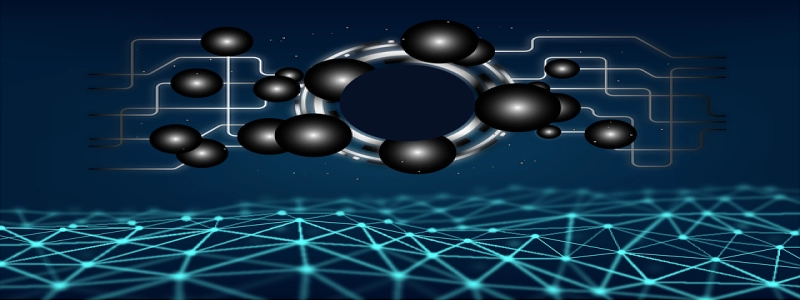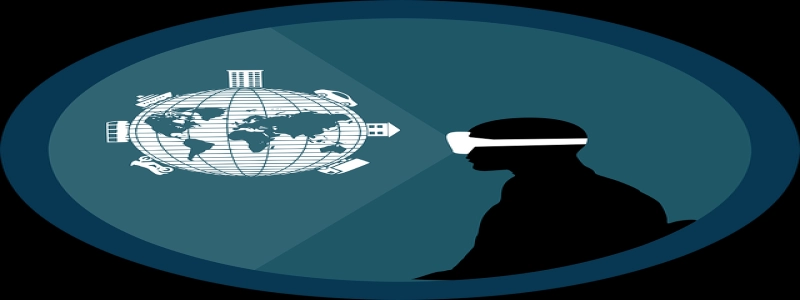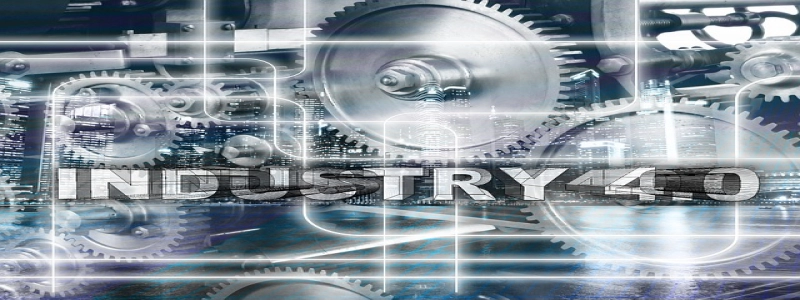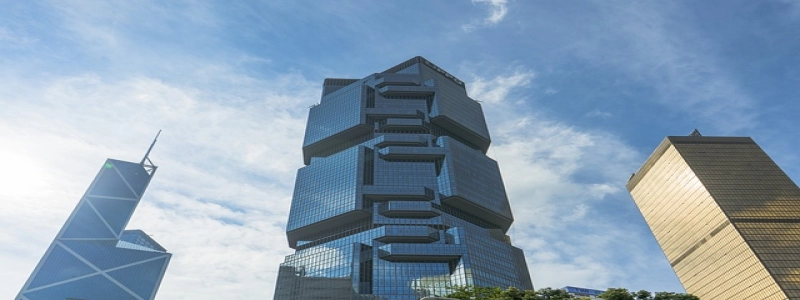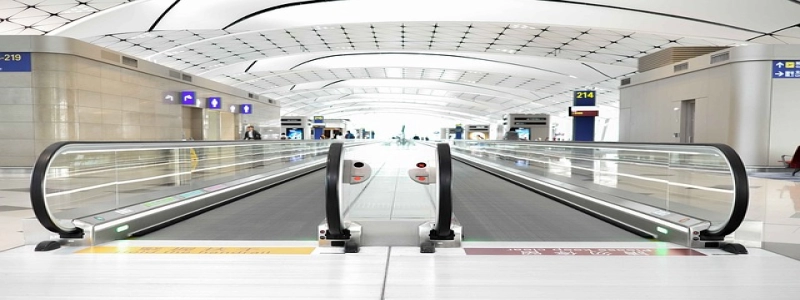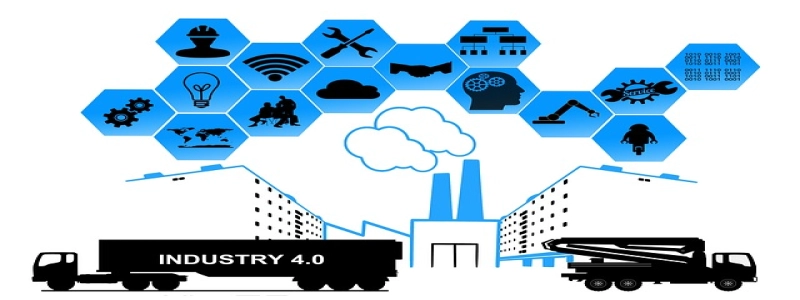Damaged Fiber Optic Cable
Introduction:
The telecommunications industry heavily relies on the usage of fiber optic cables for efficient and high-speed transmission of data. However, these cables are susceptible to various damages that can disrupt the smooth flow of communication. This article aims to provide a comprehensive understanding of damaged fiber optic cables and the potential consequences that can arise from such incidents.
1. Definition and Types of Damage:
1.1 Physical Damage:
Physical damage refers to any form of harm or destruction caused to the fiber optic cable due to external factors. This includes accidental breakage, bending or crushing of the cable, excessive tension, or exposure to extreme temperatures.
1.2 Environmental Damage:
Environmental damage occurs when the fiber optic cable is exposed to harsh weather conditions such as storms, floods, or earthquakes. These natural disasters can damage the cable’s protective coverings, leading to potential signal loss or total disconnection.
1.3 Equipment Damage:
Equipment damage refers to any harm caused to the fiber optic cable due to faulty components, improper installation, or incorrect handling. This can lead to degraded signal quality, signal loss, or total cable failure.
2. Consequences of Damaged Fiber Optic Cables:
2.1 Connectivity Issues:
When a fiber optic cable is damaged, it can disrupt the transmission of data, resulting in connectivity issues. This can affect various sectors such as internet service providers, telecommunication companies, and businesses heavily reliant on uninterrupted communication.
2.2 Signal Degradation:
Physical or environmental damage to fiber optic cables can cause signal degradation, leading to a decrease in signal strength and quality. This can result in slower transfer rates, increased latency, and poor audio or video quality during communication.
2.3 Service Disruptions:
In severe cases, damaged fiber optic cables can cause complete service disruptions. This can impact critical services like emergency communications, online banking, or cloud-based systems, affecting businesses and individuals relying on these services.
3. Preventive Measures:
3.1 Regular Inspections:
Regular inspections of fiber optic cables are crucial to identifying and addressing any potential damages before they escalate. This can include visual inspections and cable integrity tests to ensure the cables are in optimal condition.
3.2 Proper Installation and Maintenance:
Proper installation techniques and maintenance procedures should be followed to minimize the risk of damage to fiber optic cables. This includes using appropriate protective coverings, ensuring adequate cable tension, and implementing proper routing and secure fastening techniques.
3.3 Redundancy:
Implementing redundancy by having multiple fiber optic cables can help mitigate the impact of any damage. By having alternative routes for data transmission, service disruptions can be minimized or avoided altogether.
Conclusion:
Damaged fiber optic cables can have severe consequences on communication networks, leading to connectivity issues, signal degradation, and even service disruptions. It is crucial for the telecommunications industry to prioritize regular inspections, proper installation and maintenance practices, and redundancy measures to ensure the reliability and continuity of communication services.


